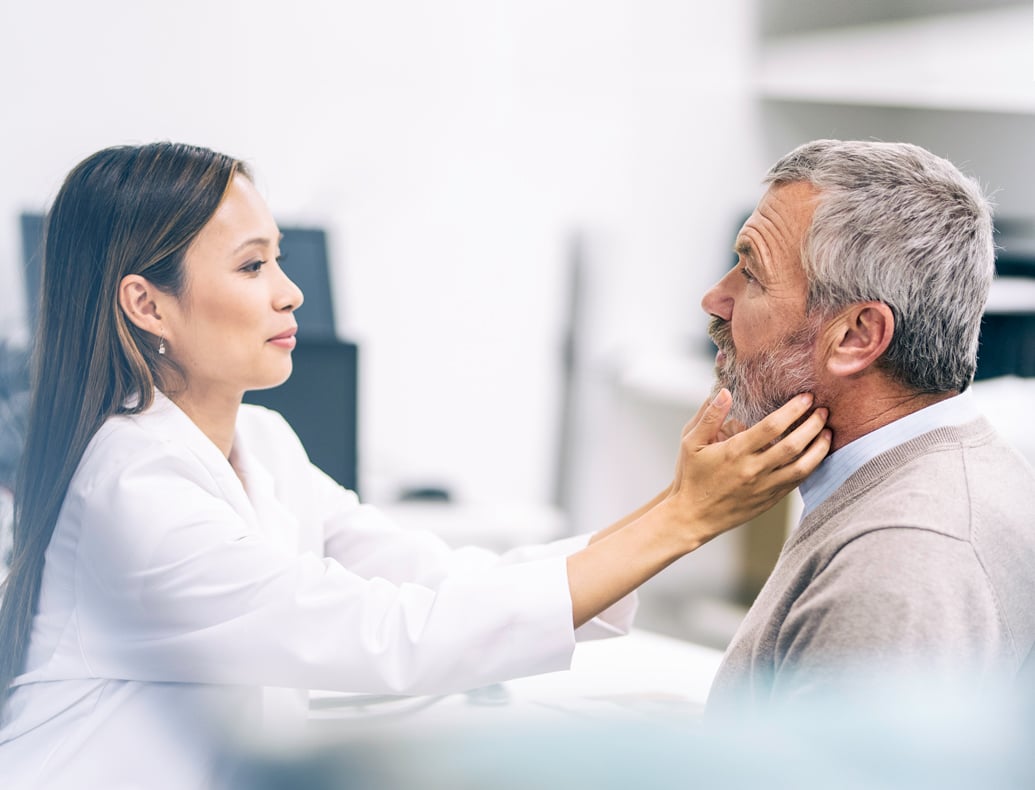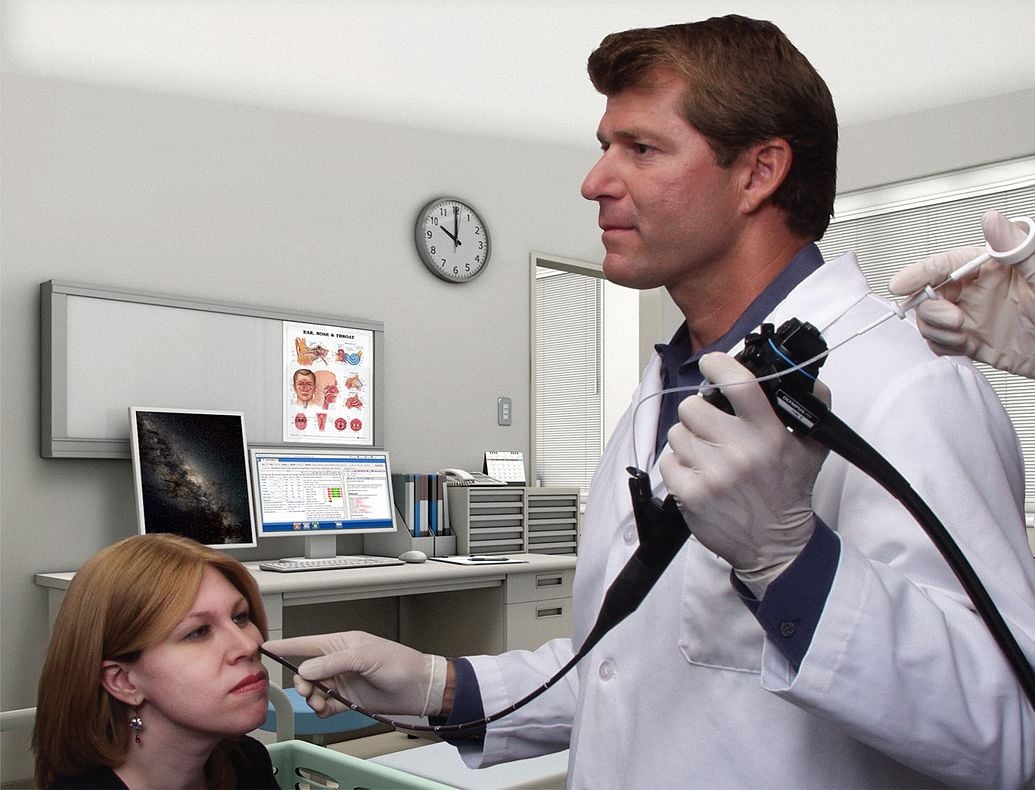
EndoCDx®
In-Office Transepithelial Laryngeal Brush Biopsy
Provides physicians with a practical method of testing non-suspicious tissue in order to help prevent laryngeal cancer.
Otolaryngologists are often faced with a dilemma when relatively non-suspicious tissue is observed in the office during flexible laryngoscopy.
The probability that commonly observed tissue abnormalities are dysplastic is low, while a forceps biopsy to test these lesions presents unavoidable risks and costs. For this reason, forceps biopsy has generally been reserved for those lesions which appear relatively suspicious.
Unfortunately, by the time a lesion appears clinically suspicious, it may have already progressed to a more advanced and less easily treatable stage.
As you know, in the larynx, white or red lesions of the vocal fold and their surrounding structures are common. Repeated biopsies or excision may compromise the patient’s voice if unwanted scarring follows the biopsy. These problems are especially troublesome in preneoplastic lesions or lesions of uncertain behavior that arise from the membranous vocal folds. Repeated excisional biopsies for benign keratosis and mild reactive atypia may be avoided if these lesions can be identified and distinguished from the more aggressive lesions, such as intraepithelial neoplasia or invasive carcinoma.

EndoCDx® differs from traditional surface exfoliative cytology.
The brush biopsy obtains a transepithelial sample down to the basal layer.
This is critical since the basal layer is often the only location of dysplasia or carcinoma. The operator should twirl the brush until a small amount of blood or pinkish tissue is noted to ensure a transepithelial biopsy has been achieved.
A smear and cellblock are prepared from the sample and analyzed with the aid of a proprietary high-speed computer.
This localizes potentially abnormal cells and cell clusters through a combined morphological, molecular and DNA ploidy analysis. Potentially abnormal cells and cell clusters are selected by the computer for examination on a high-resolution video monitor by a specially trained pathologist who makes the final diagnosis.
Brush biopsies have been an excellent surveillance tool for the detection of premalignant and malignant lesions of the oral cavity. In the larynx, such an approach can be used to follow, diagnose, and treat red and white lesions of uncertain behavior.

Why use EndoCDx®?
EndoCDx makes obtaining a laryngeal biopsy specimen in unsedated patients possible.
- Provides practical method of evaluating innocuous areas that may have been left untested.
- Easy-to-perform
- Office-based
- Complete transepithelial sample
- Reliable AI-powered tissue pathology analysis
The EndoCDx® brush biopsy technique is simple.
Flexible Method
The brush is passed through the channel of the bronchoscope or therapeutic laryngoscope to obtain a specimen, much as a cup biopsy is done through a flexible bronchoscope.
The flexible endoscopy technique requires an assistant to twirl the brush against the lesion.
Rigid Method
This method uses an alligator or cup forceps to hold the brush and brush the lesion while using the 70° rigid endoscope to control the brush placement.
The rigid technique requires a cooperative patient who can hold his tongue and maintain a steady position.
Find out how easy it is to get started.
Laboratory Services
Browse our library of information related to esophageal cancer prevention.
